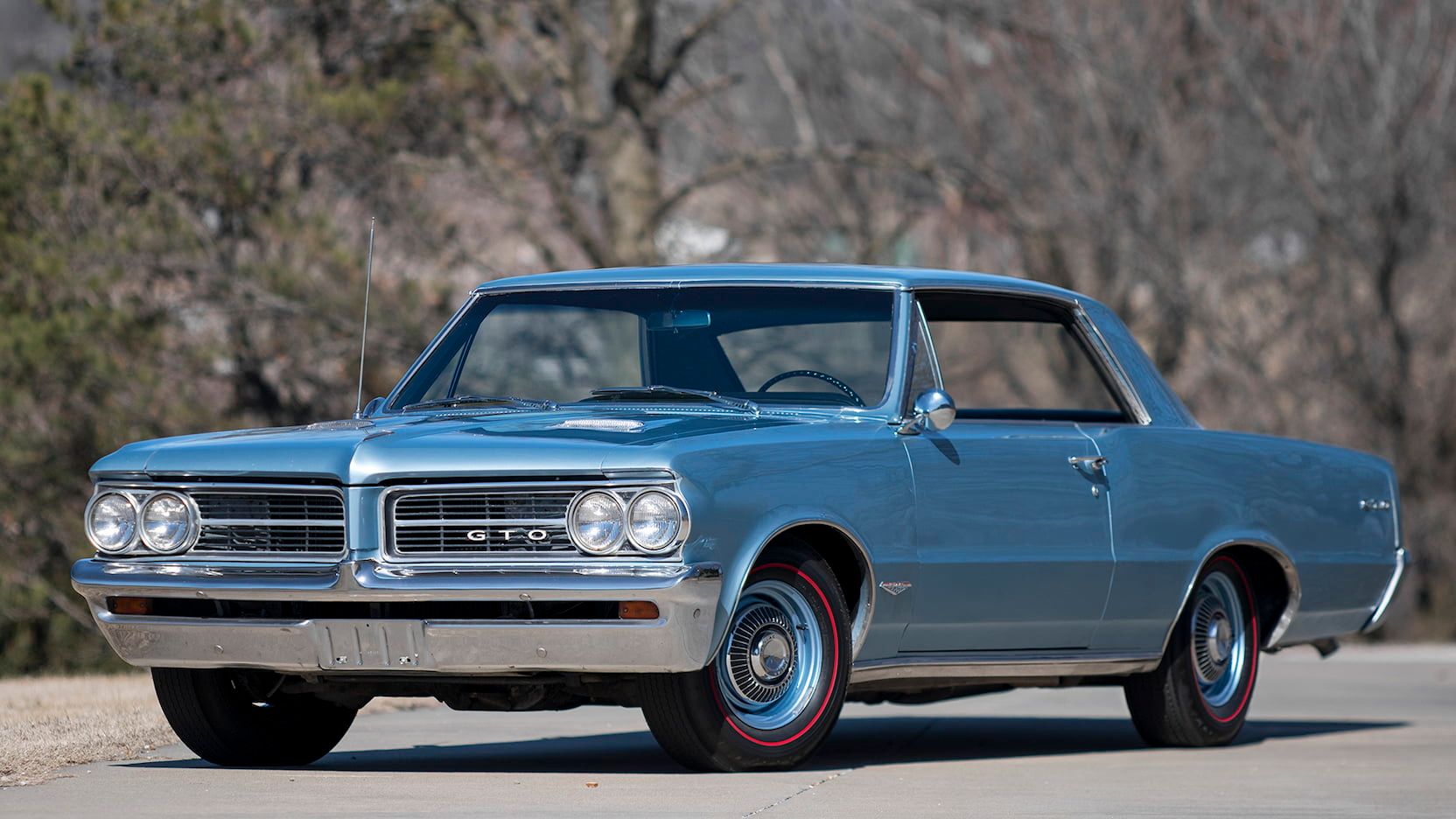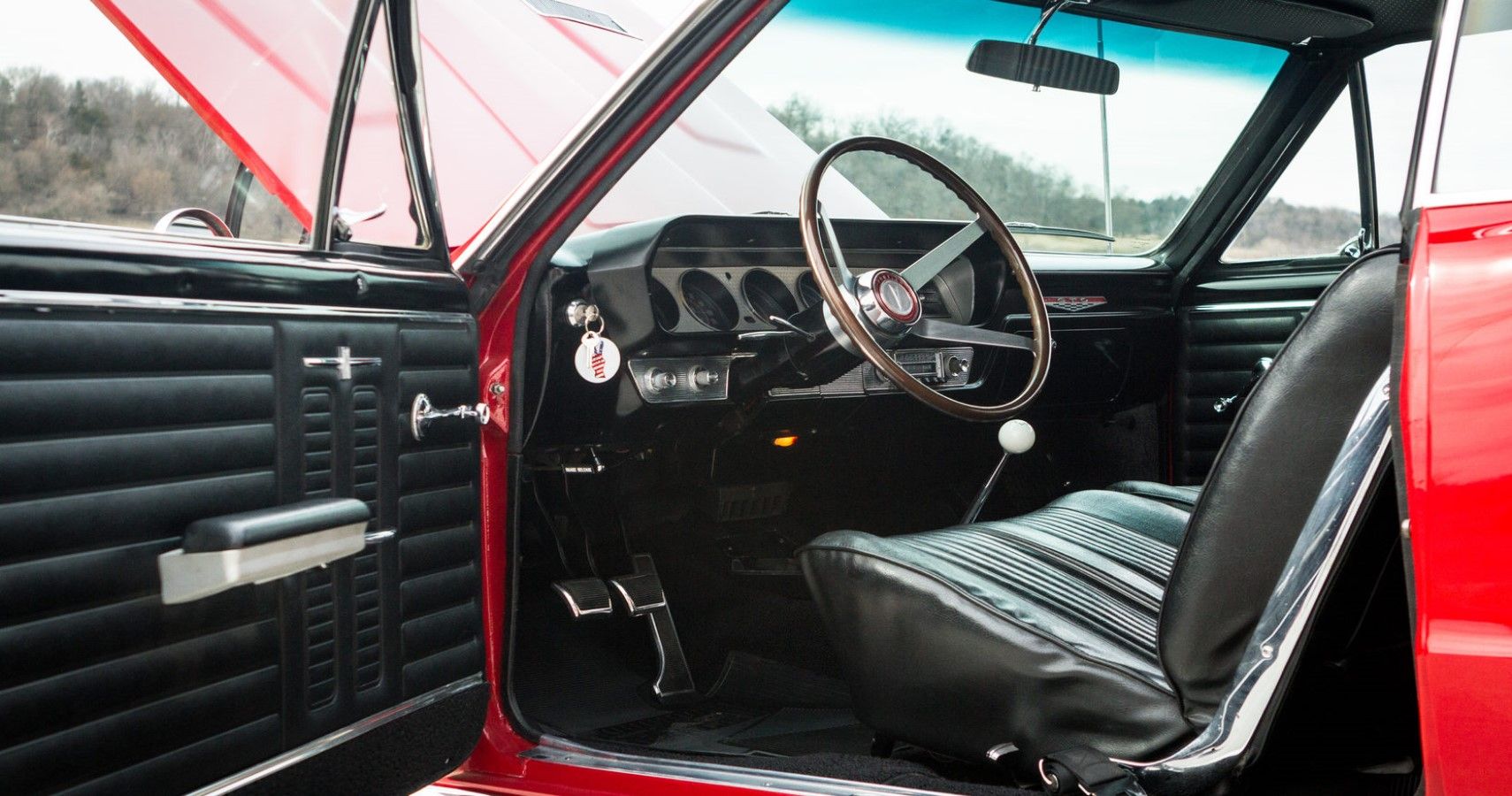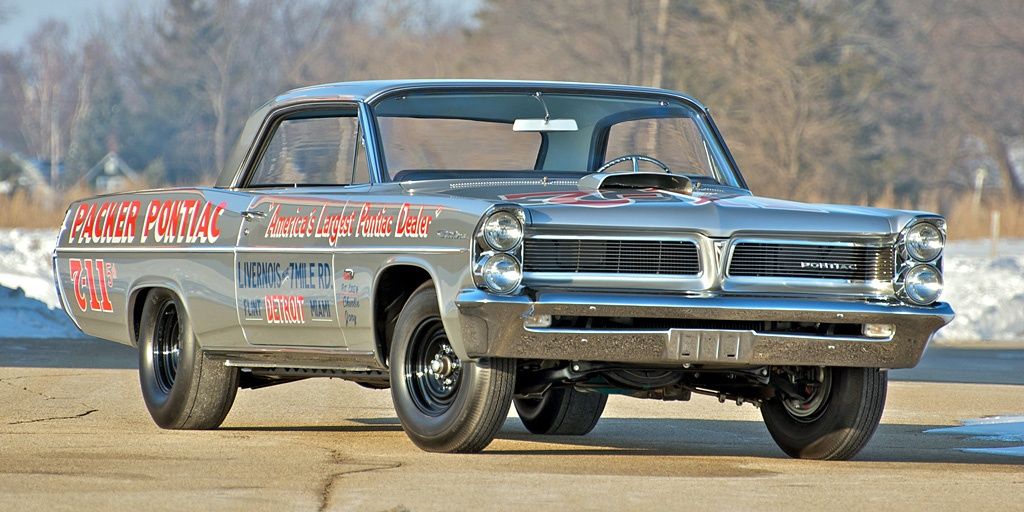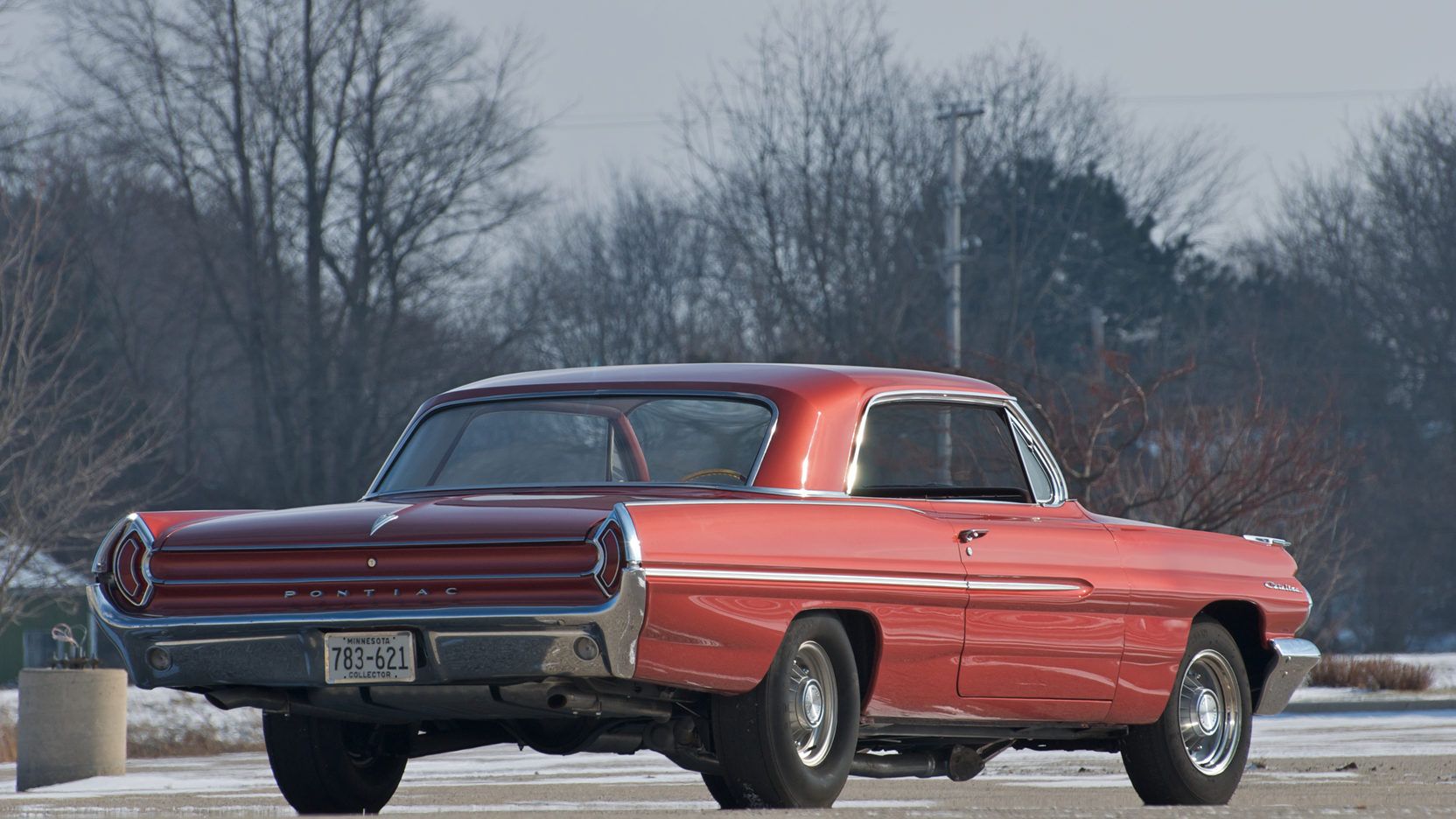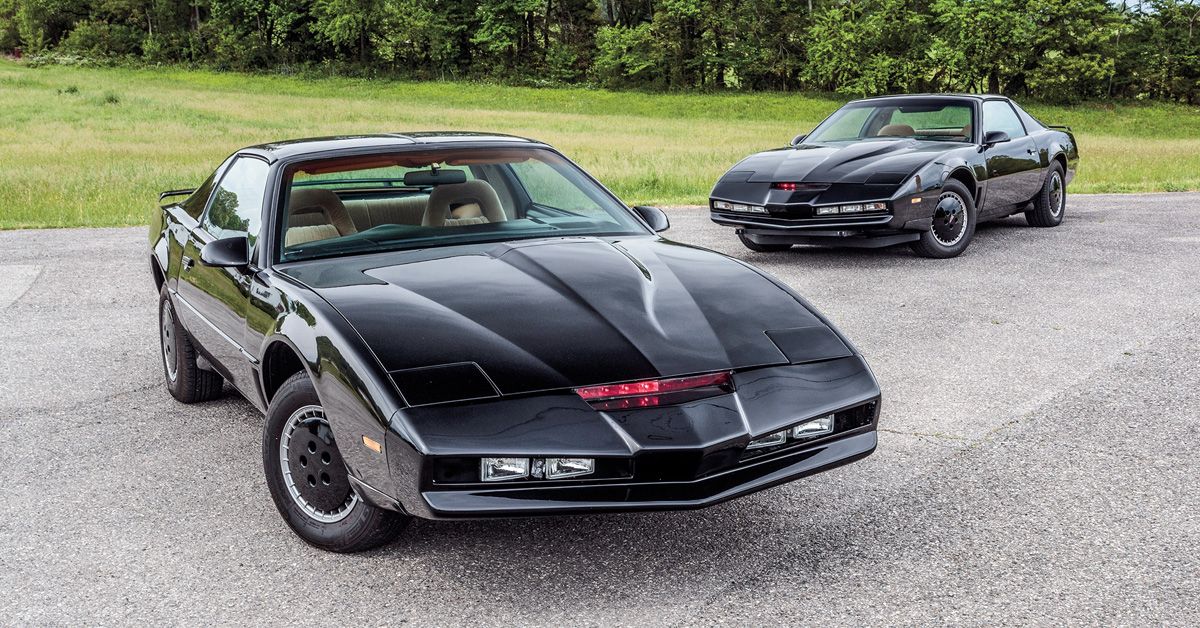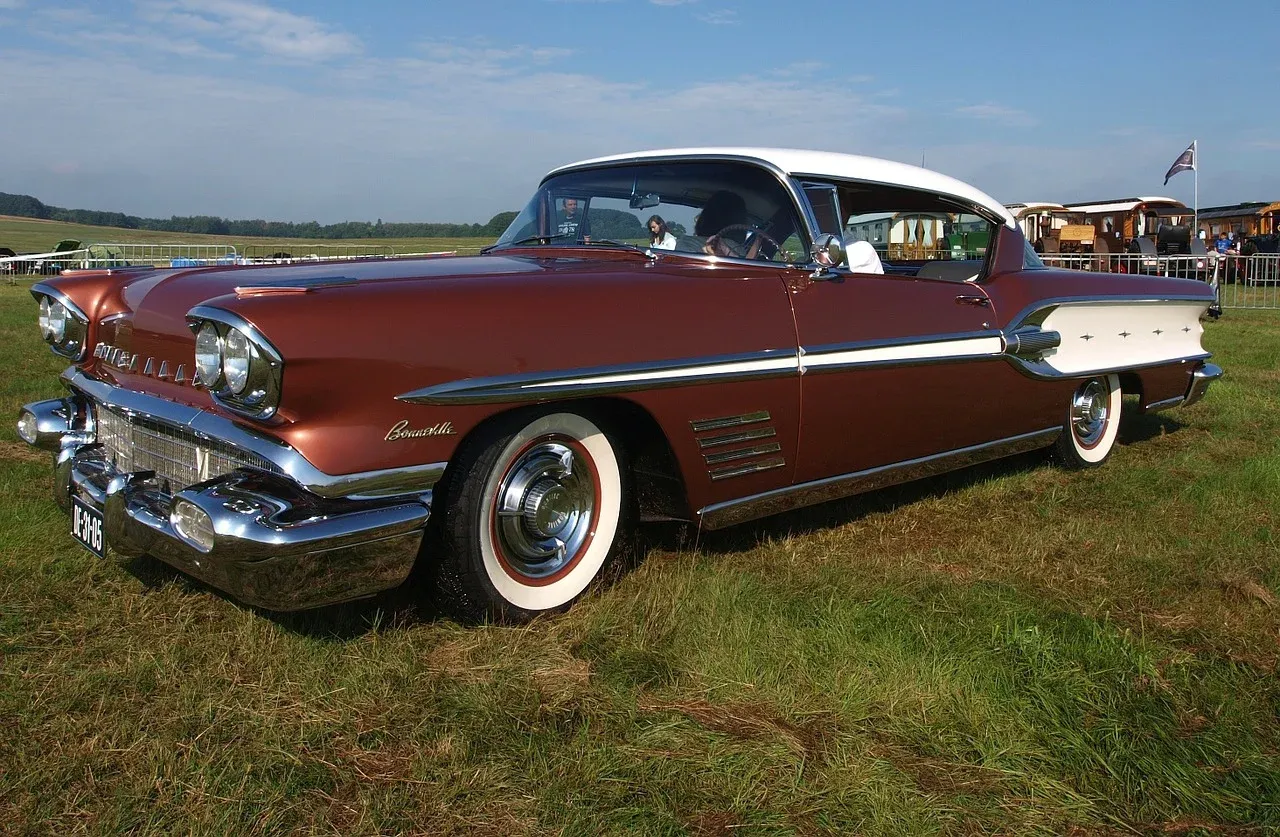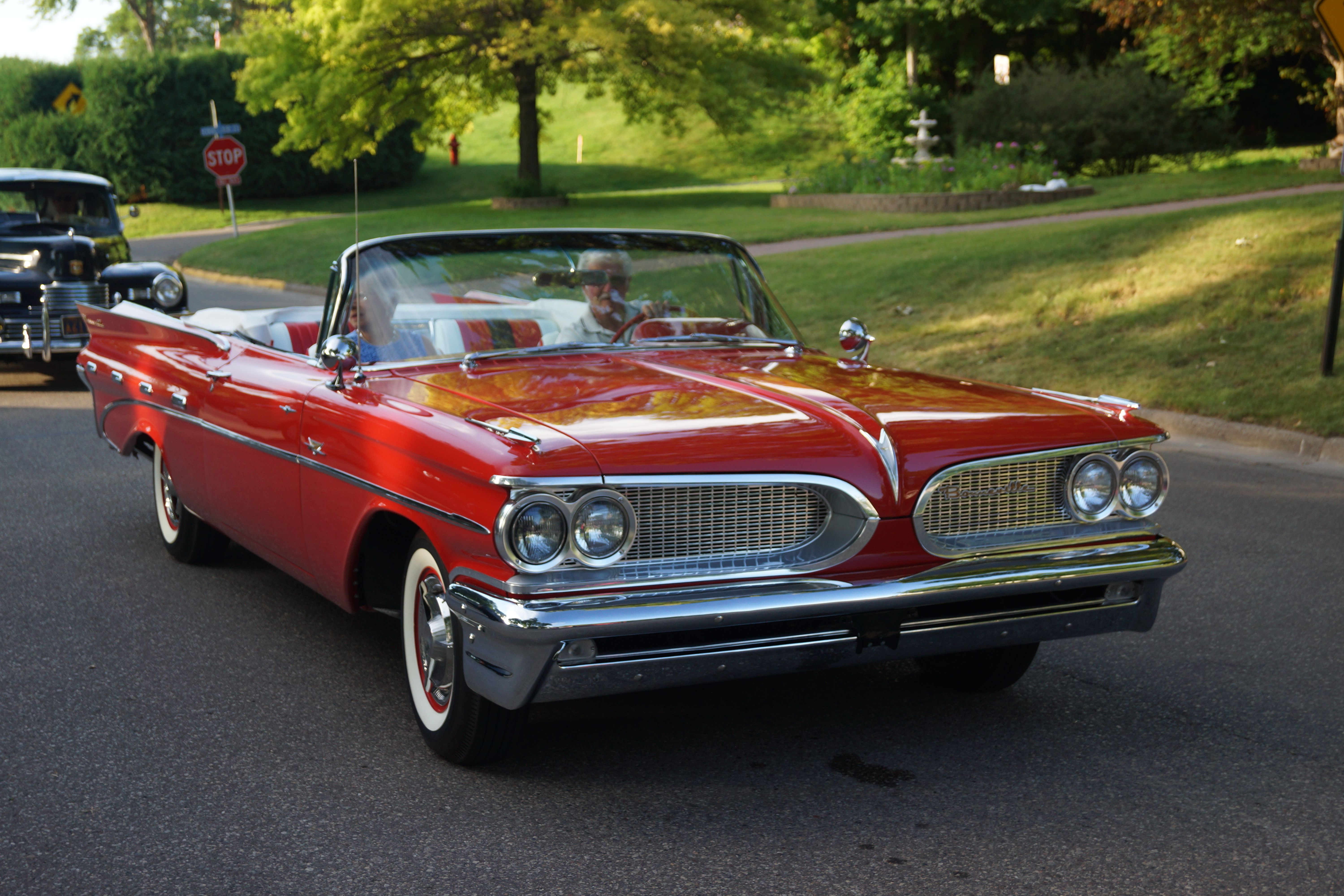Pontiac is a well-known muscle car manufacturer with a range of high-quality products to back up its status. Despite efforts by rival brands to dominate it in the business, the brand was still a top muscle car manufacturer to be remembered. As you may be aware, Pontiac has been a distant memory to enthusiasts of the once-famous brand for nearly a decade. GM opted to discontinue this brand in a cost-cutting drive during the recent recession, forced by economic turbulence and government bailout.
Pontiac wasn't the first manufacturer to use one of its biggest engines in a mid-size vehicle. With bucket seats, heavy-duty suspension, hood scoops, and all the other cues that shouted "cool automobile" to the country's young adults, it was the first to sugarcoat the whole thing.
The brand, which was founded in 1926 to bridge the gap between General Motors' Chevrolet and Oldsmobile divisions, has had its share of errors over the years, including the Daewoo-built LeMans, the mind-numbing Trans Sport, and the vengefully controversial Aztek. The GTO, however, was not the only iconic muscle car produced by this company. It did, however, manufacture several vehicles that have now been honored as Great American Automobiles. Here are our top eight Ponchos.
8 Grand Prix
In the early 1960s, the Pontiac Grand Prix began as a private luxury car. Personal luxury back then intended a big coupe with a big V8 and a classy interior, normally with plush bucket seats and a floor shifter.
The Grand Prix’s overall look bordered on flamboyant at times, but it made no amends for its unabashed way of American style and performance. "This car is for you if you wear your baseball cap backward."
7 Firebird 400
The Pontiac Firebird 400 was among the best Pontiac muscle cars available. It had a 400 ci(6.5 Liter) V8 engine with 320 horsepower. This rating prompted muscle car enthusiasts to wonder about the firm's decision to rate the 400 V8 engine at 320, while the same motor in the GTO received a rating of 365.
The Firebird 400 tipped the scales at 3,300 pounds. Pontiac had to evaluate the 6.5 Liter V8 engine at 320 HP to qualify underneath the GM 1 HP per 10-pound rule.
6 Catalina 2+2
The 2+2 was first offered as an option package on the full-size Catalina before becoming its own vehicle a few years later, but it didn't last long. At a period when pony cars like the 2+2's other cousin, the Firebird, flooded the industry, it was massive, substantially larger than its famed little brother, the GTO.
The legendary 6.8 Liter V8 motor with a Tri-Power intake system was used in the Catalina 2+2.
5 Banshee I
The muscle car and performance marketplaces were thriving thanks to the newly released GTO model. The company's board had loftier goals. As a result, they debuted the Banshee, a completely functional concept car.
Banshee is a mythical creature. It was the first concept automobile that had a significant impact on production versions. They introduced the car in 1964 and had a powerful motor, small dimensions, and a light body. It was designed to be a "Corvette-killer" or a "Mustang-killer" by Pontiac.
4 GTO
1964 would be a pivotal year for General Motors. Pontiac dubbed it the GTO. It stands for Gran Turismo Omologato, an Italian phrase that refers to a car that can be used for both racing and everyday driving. They introduced the Pontiac GTO when a new generation of car customers desired quick, powerful vehicles.
The GTO's outstanding performance acted as a marketing tool, allowing it to gain momentum in the industry and market sales. The GTO was a game-changer, and its popularity compelled every other GM division and every other American automaker to produce their own mid-size muscle cars.
3 Catalina 421 “Swiss Cheese”
The Catalina 421 was a well-known automobile in the racing world. Although the car didn't have the finest NHRA result, its reputation in NASCAR lives on today. The car, which was powered by a 421 V8 engine, was hefty and underpowered. Recognizing this, the manufacturer made some pieces out of aluminum to save weight.
The fenders, hood, and bumpers were among the parts removed, and this choice assisted the car save 159 pounds. They quickly dubbed the car "Swiss Cheese" because they also punched holes in the frame to save even more weight. These Catalinas were pretty quick.
2 Firebird T/A
Muscle car performance was a pale shell of what it had been years before by the late 1970s. Most automakers reduced horsepower because of the current pollution rules, which were combined with high petrol prices and skyrocketing insurance rates. The factory sought to debut a variant that could be quickly modified for racing.
As a result, the Firebird Trans Am was born. Since its starring part in the film 'Smokey and the Bandit', and 'Knight Rider', the Trans-Am had been surfing a fresh wave of popularity. It took only three years for Trans Am to overtake the GTO as Pontiac's most popular performance vehicle. The car's origins may have been modest, but it would never be.
1 Bonneville
They introduced the Bonneville in 1958 as a high-performance two-door muscle vehicle. With a 6.0 Liter V8 engine that generated 225 horsepower in standard form, the Tri-Power choice provided 300 horsepower, while the line fuel-injected option produced 310 horsepower.
This engine propelled the 1958 Bonneville to the top of the list of the city's most powerful and quickest muscle cars. Pontiac finally stopped making the Bonneville in 2005. Informed aficionados highly regard this car, although it is unaware of its existence to the public.

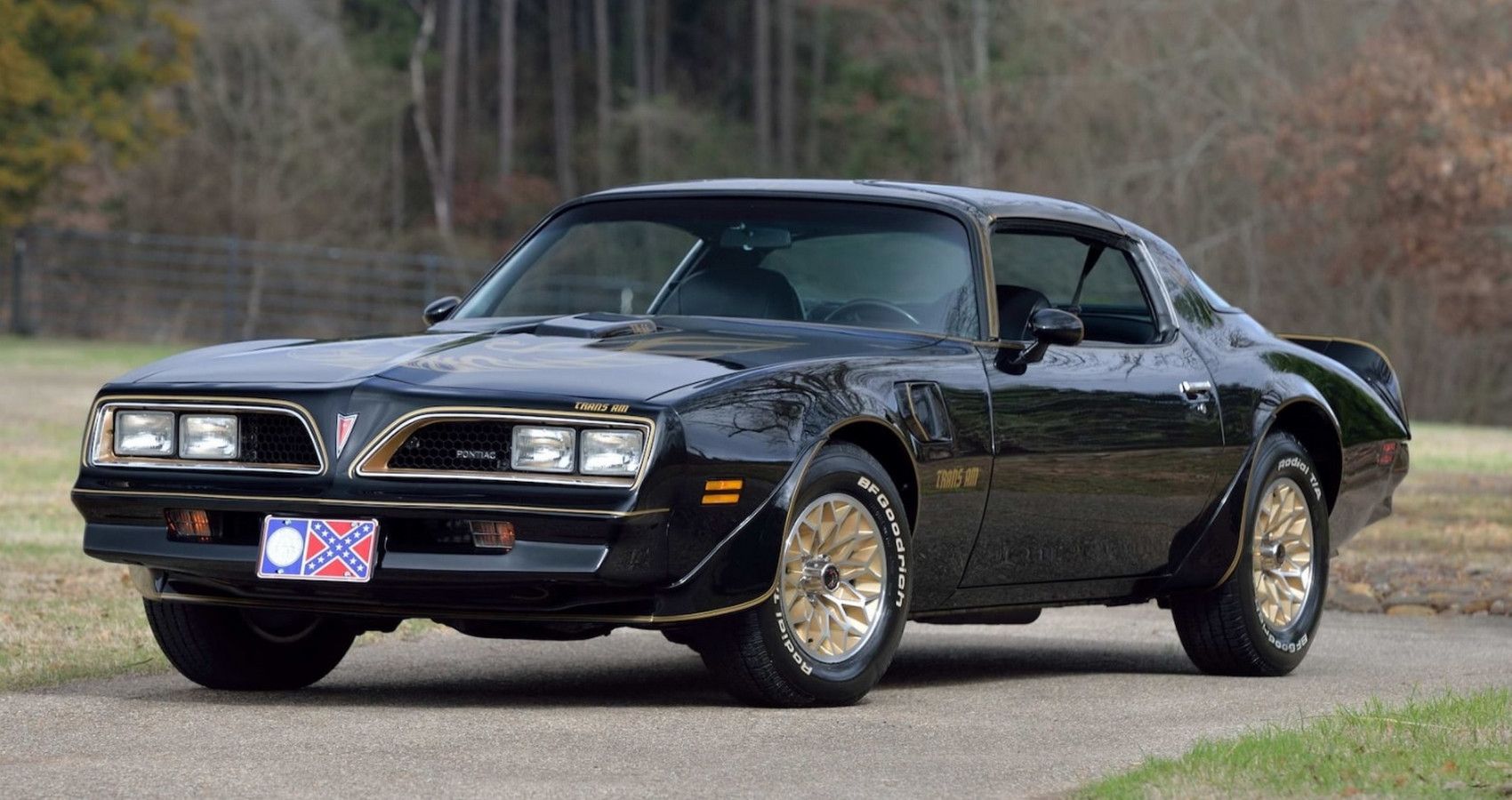
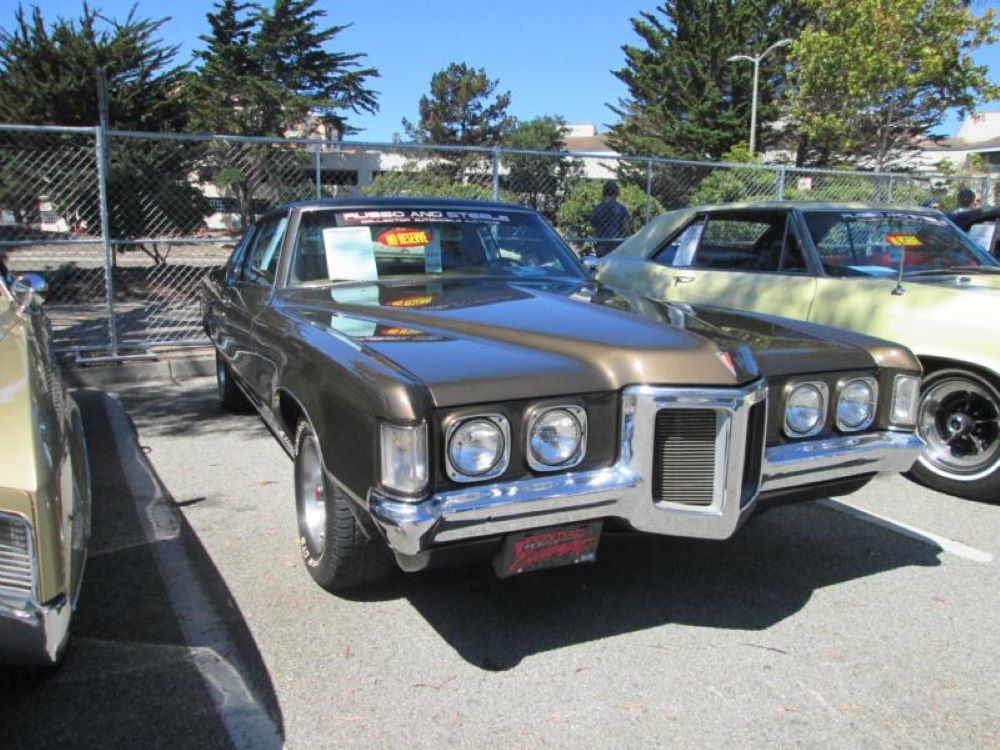
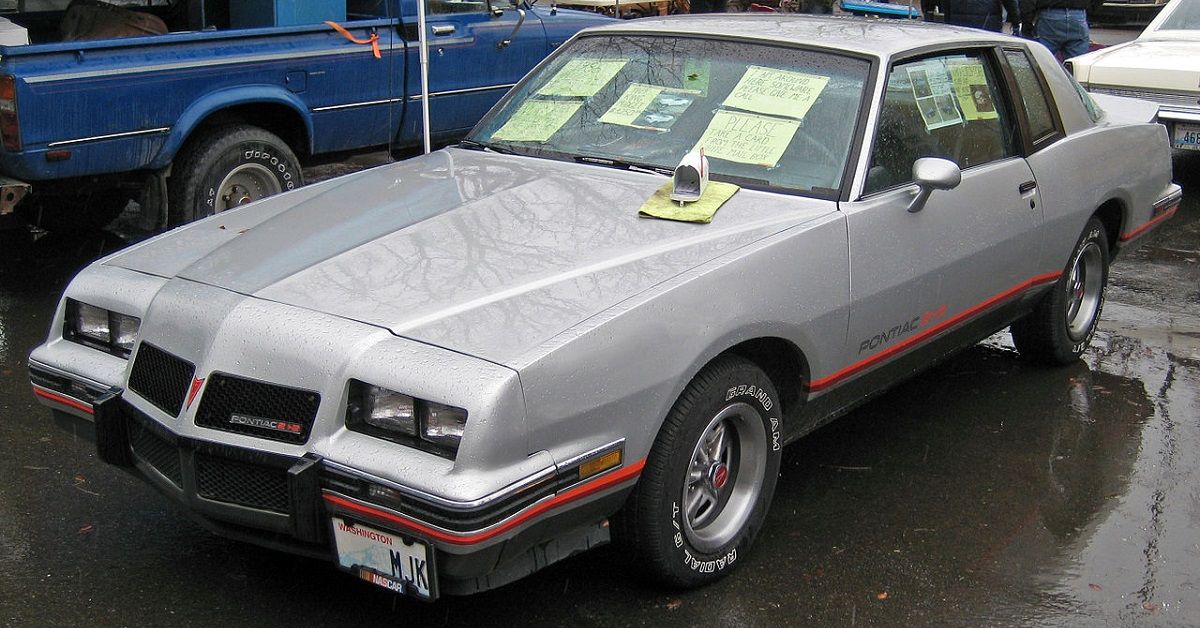
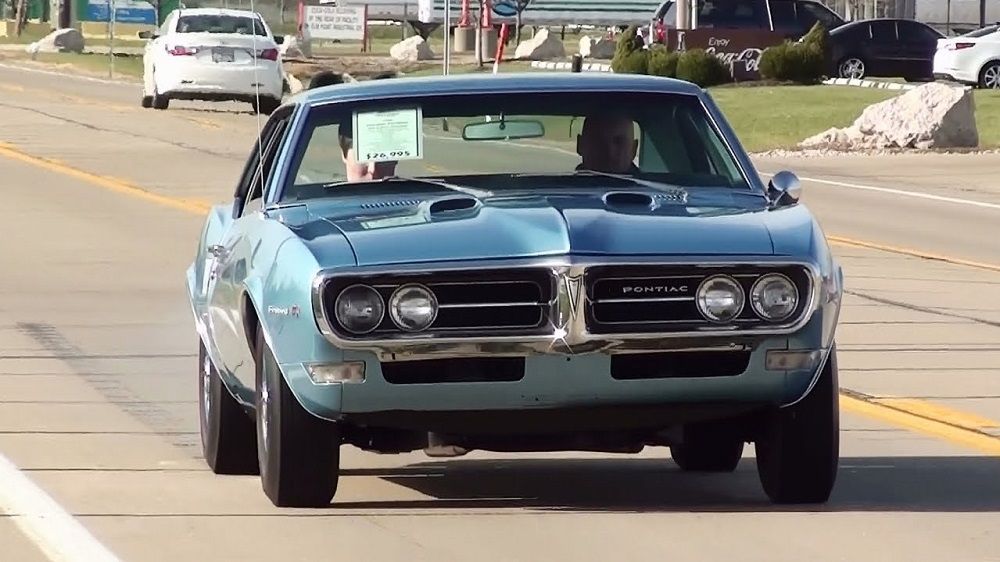
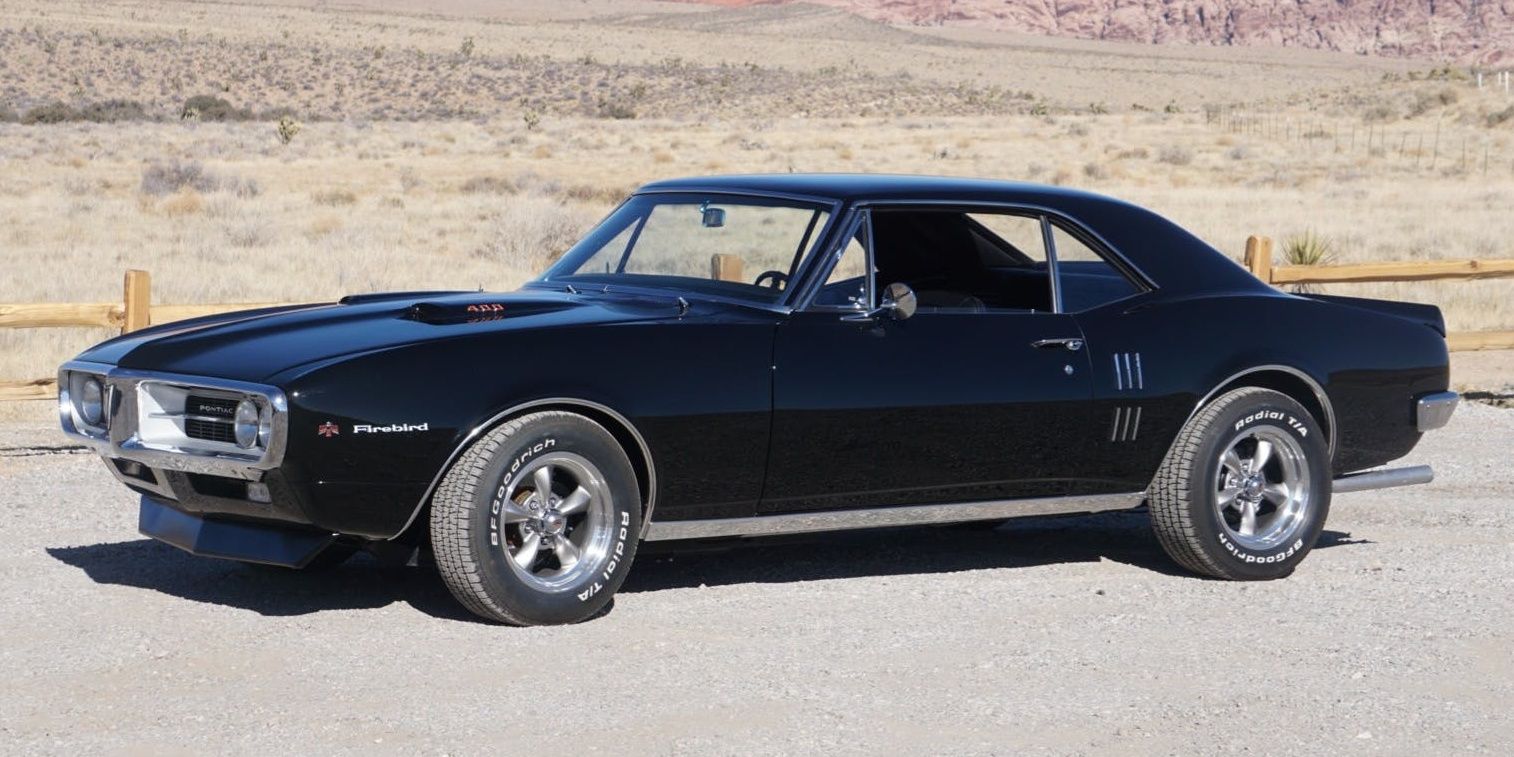
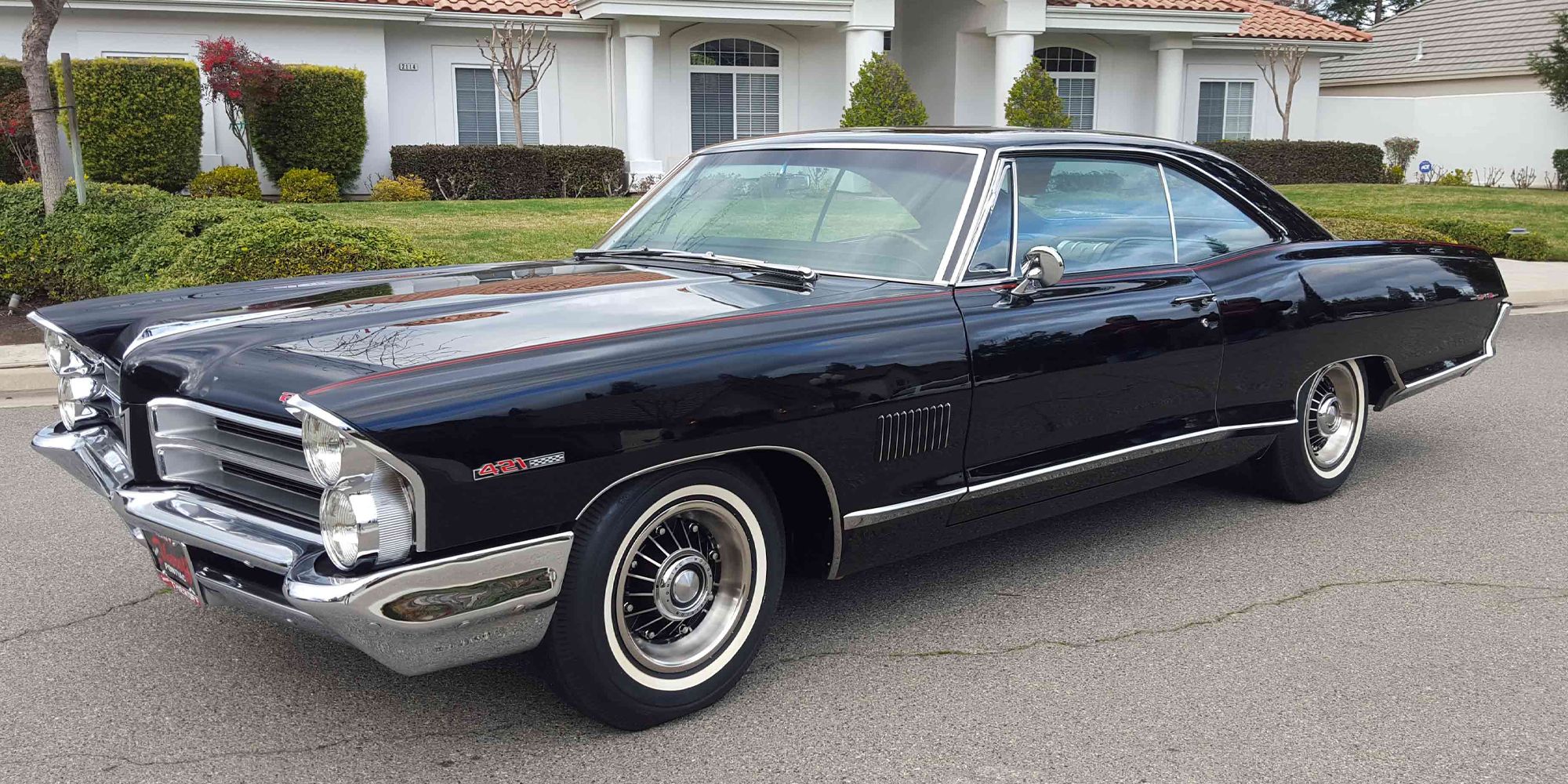
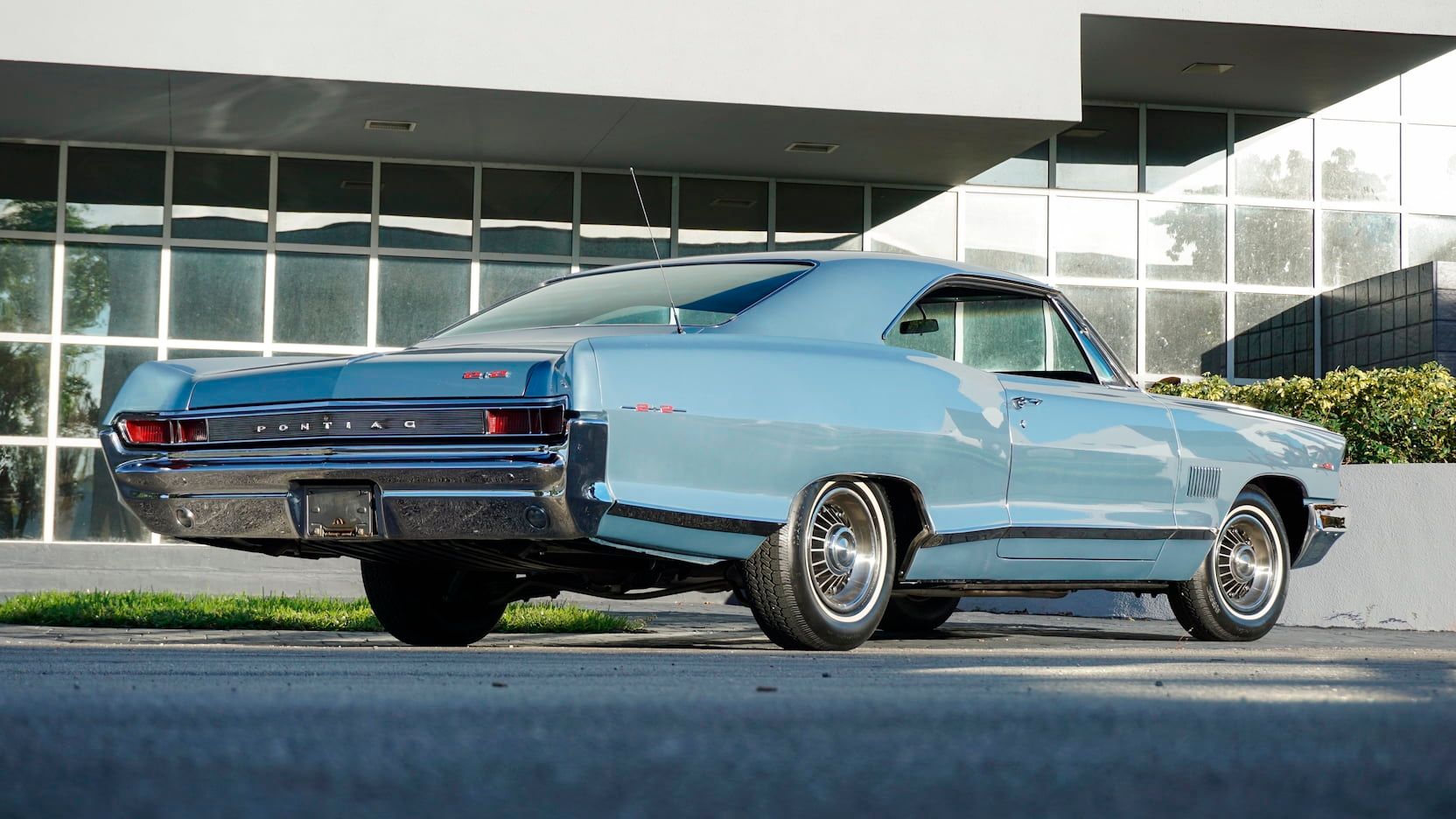
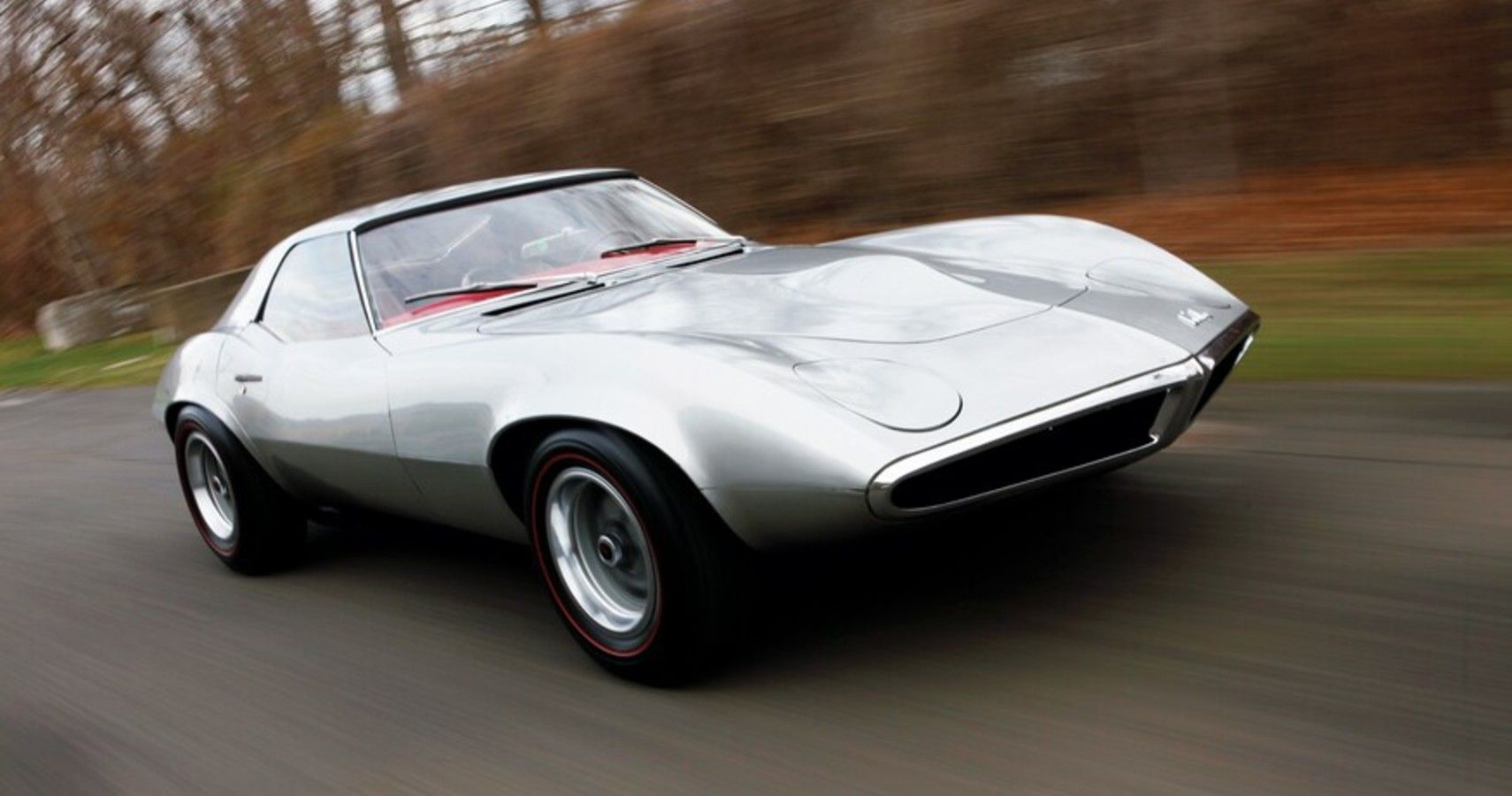
_Concept_Car_rear.jpg)
